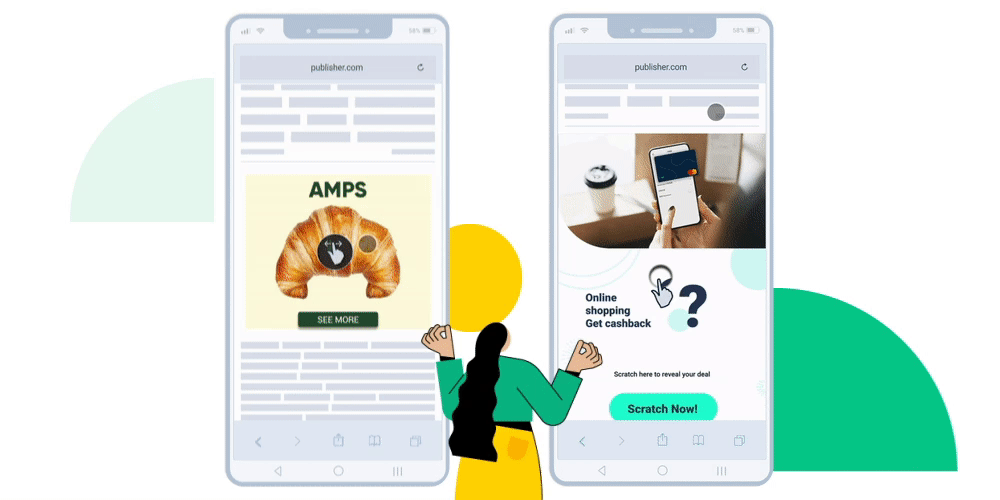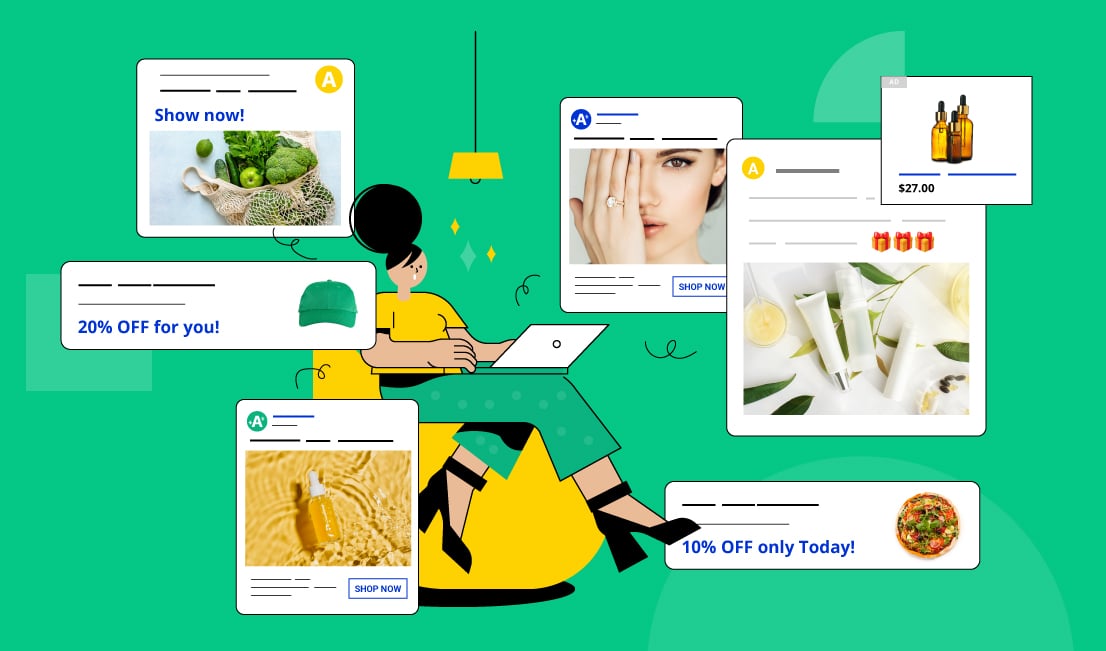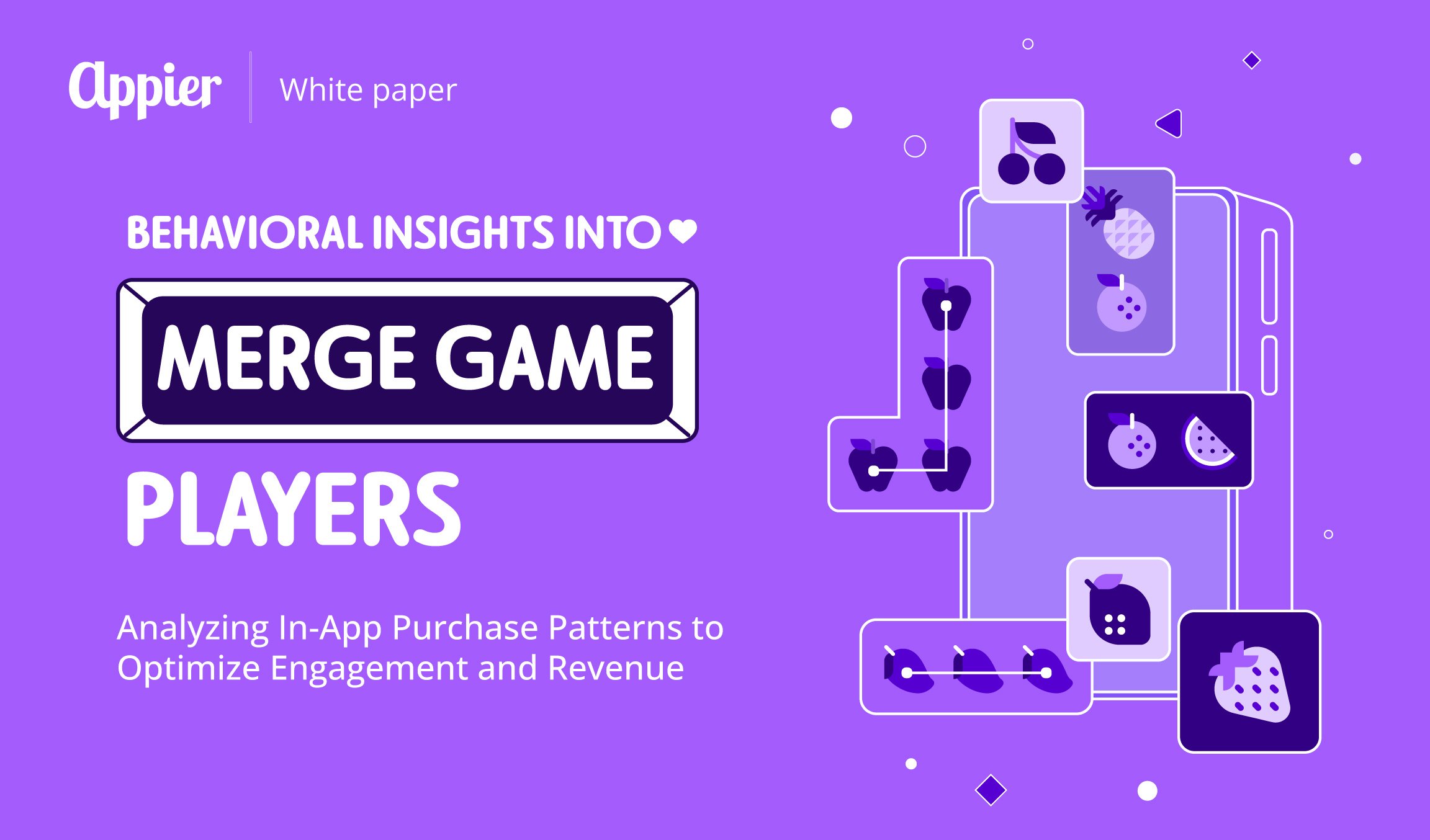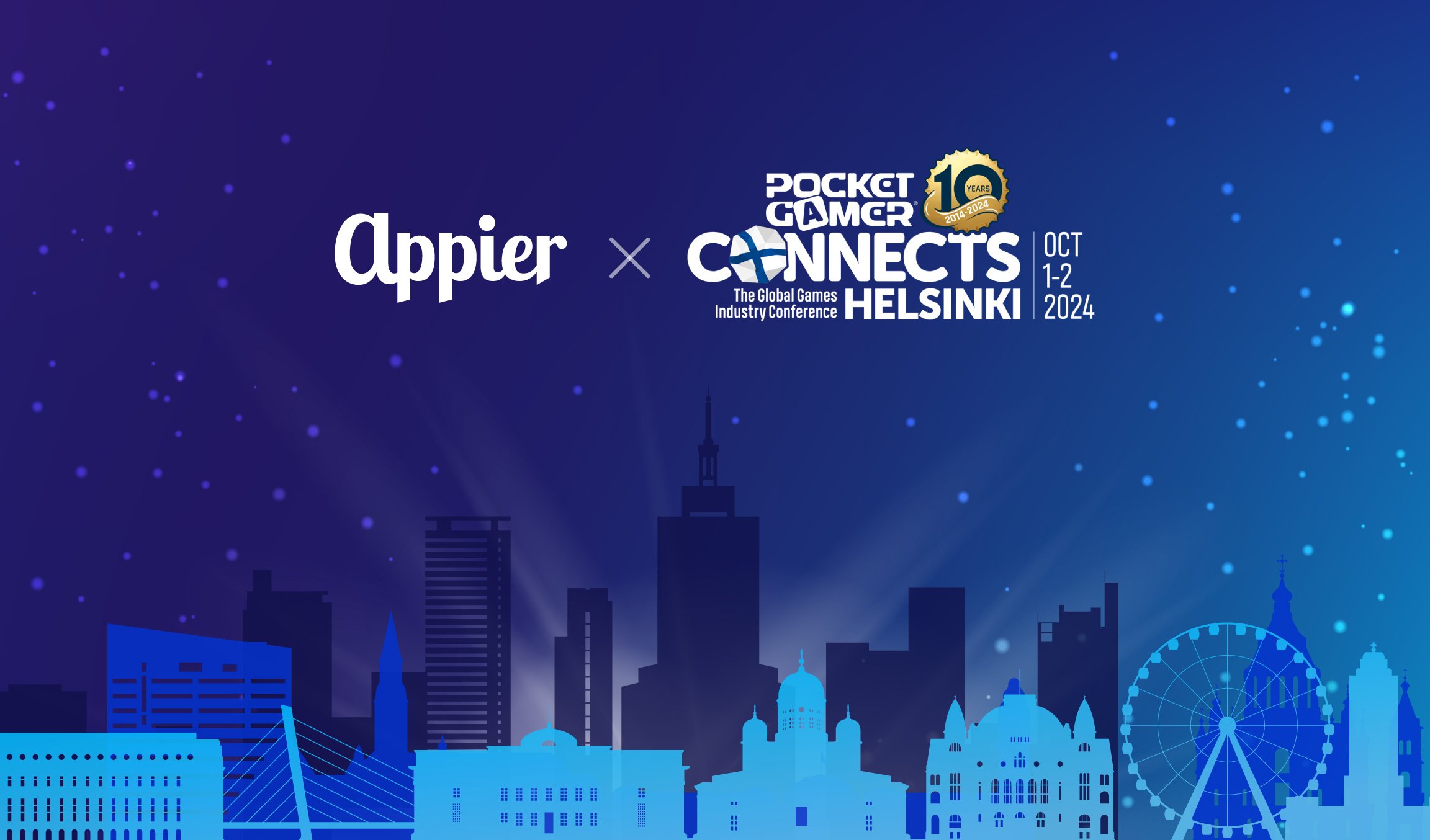Do you know approximately how many ads your customers see on a daily basis? According to estimates by the marketing community, in the 2020s, the average person encounters between 6,000 to 10,000 ads every single day. That’s a lot of flashy images and catchy taglines competing for consumers’ attention.
While the majority of these thousands of advertisements barely make an impression on consumers, the most successful ones stick, piquing interest, driving conversions, and increasing sales. At Appier, we have been working with clients on digital advertising for the past decade. We know a thing or two–or five–about how to optimize your ads, and other marketing copies and creatives, to engage your prospects.
In this blog post, we are providing our tips on how to improve the efficacy of your marketing collateral, whether they are on paid or owned channels, and highlighting how our clients have benefited from implementing them.
- Get more eyeballs with animated ads
As human beings, things in motion attract our attention. Think back to the last time you saw ads placed on a website. Assuming there were multiple ads–some static and some animated–which ones caught your eye first? More importantly, which one made an impression?
Unlike static ads, which may easily fade into the background and be perceived as the wallpaper of the website, animated ads jump out–sometimes literally–at viewers. With animated ads, marketers can capture the attention of visitors within seconds, and when done right, make a lasting positive impression.
Animated ads are typically short videos or images on a loop that run for no longer than 30 seconds. They can be in MP4 or GIF format, and are supported by most media publishers.
Appier Insight: Compared to static ads, we have seen hyper interactive rich media, such as animated ads, produce a 10 to 15% higher engagement rate. - Achieve positive engagement via interactive ads
Ads for certain products, such as games and cosmetics, can incorporate an element of audience interaction. Instead of using words or images to showcase a product, use interactions: make a playable ad that allows your audience to test out a snippet of your game, or a draggable ad that reveals how a new mascara will look once applied.
Compared to static or even animated ads, these ads that allow the audience to interact and engage are most memorable. And with a positive experience, the person playing with your ad will be more likely to click on it and visit your landing page.
Appier Insight: We have found in creating these interactive ads for our clients that they can increase click-through rate by 2 to 4 times and installs (for games) by 1 to 2 times.
- Direct your customers with a strong call-to-action
A call to action (CTA) is an essential component of any ad or marketing material. It is the most direct way for a marketer to tell their audience what to do. Whereas campaigns for awareness may feature images or videos without a CTA, campaigns for consideration or decision must have a clear and powerful CTA to be successful.
Earlier this year, HubSpot put together a list of 50 real CTA examples and why they are effective. We can see from the list that marketers have been opting for flashier CTAs over the traditional CTAs, such as “sign up now” or “learn more.”
Regardless of how they are phrased, CTAs need to tell your audience what they can expect by clicking on your ad. If you are promoting a new product and the ad leads to a landing page, the CTA should make it clear that more information awaits the customer by clicking. If you are looking to get people to sign up for an event, the CTA should indicate that people will be inputting some sort of information once they click to register. - Speak your target audience’s language
Whether it is a CTA, a social media post, a blog post, or any content for a company, marketers know that they need to phrase it in a way that appeals to their target audience. In other words, they need to speak the language that their audience is used to.
While businesses operate in a lot of jargon and acronyms, consumers mostly do not. If you are presenting new information about a product and how it can benefit a consumer, steer clear of too many scientific or technical terms. Instead, phrase the value proposition of the product to your audience in words they will understand and appreciate.
Appier Insight: Start by understanding the demographic profile of your intended audience. By knowing how old they are, where they are from, and what their interests are, you can figure out what words they may respond to. Learn more about how to create a comprehensive customer profile with Appier’s customer data science platform, AIXON. - Personalize your content & recommendations
This last tip is an extension of Tip #4. When you attempt to speak your audience’s language, ultimately what happens is you end up speaking in a personalized way to each individual audience member.
Personalization can take place in many different areas: greetings, email content, recommended articles, recommended products, etc. With personalization, marketers are able to speak to their customers on a one-to-one basis, and with AI-powered, automated personalization, this takes place without any extra effort.
Appier Insight: Per Appier’s data insights, we found that personalized messages with product recommendations had a 60-78% higher click-through rate than standard, non-personalized messages.
We hope these five tips are enough for you to start brainstorming ways to transform your marketing copies and creatives. Want more advice from Appier? Reach out to us now.



-1.png?width=3000&height=1834&name=SuperLike_%E5%B7%A5%E4%BD%9C%E5%8D%80%E5%9F%9F%201%20(1)-1.png)